Mohammad Alauthman
Deep Reinforcement Learning based Evasion Generative Adversarial Network for Botnet Detection
Oct 06, 2022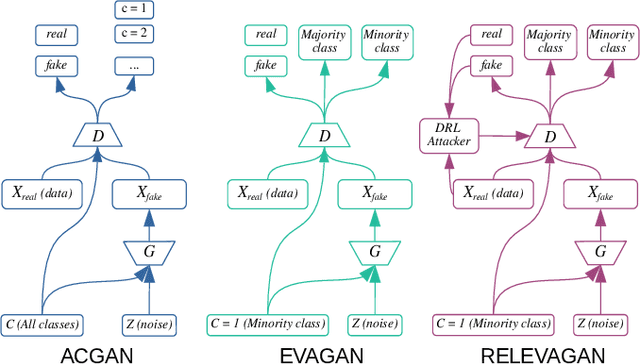
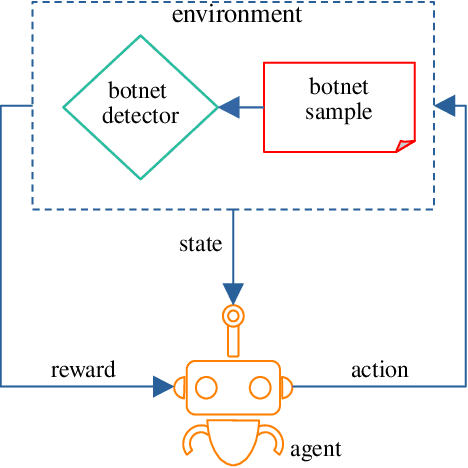
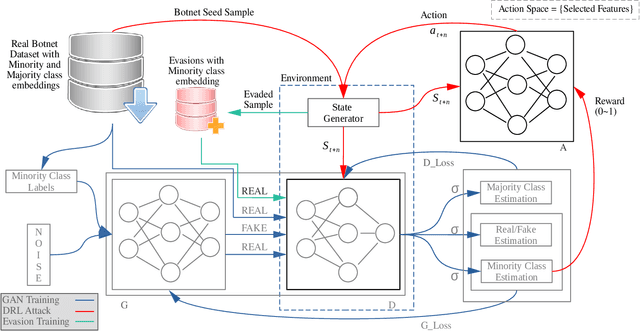
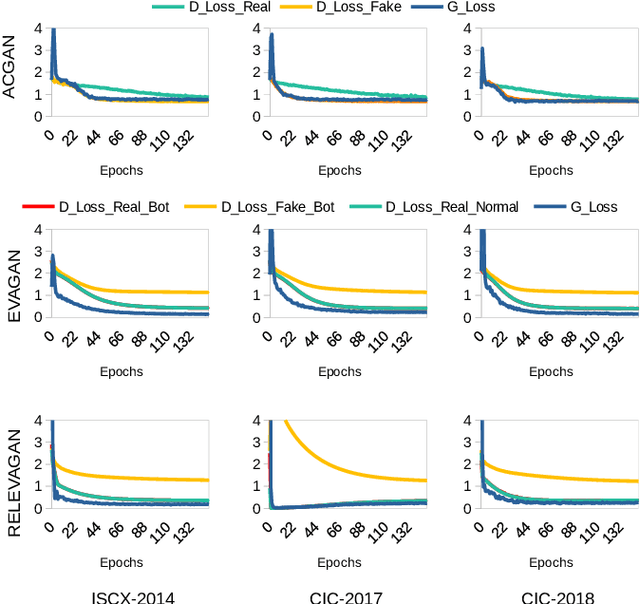
Abstract:Botnet detectors based on machine learning are potential targets for adversarial evasion attacks. Several research works employ adversarial training with samples generated from generative adversarial nets (GANs) to make the botnet detectors adept at recognising adversarial evasions. However, the synthetic evasions may not follow the original semantics of the input samples. This paper proposes a novel GAN model leveraged with deep reinforcement learning (DRL) to explore semantic aware samples and simultaneously harden its detection. A DRL agent is used to attack the discriminator of the GAN that acts as a botnet detector. The discriminator is trained on the crafted perturbations by the agent during the GAN training, which helps the GAN generator converge earlier than the case without DRL. We name this model RELEVAGAN, i.e. ["relive a GAN" or deep REinforcement Learning-based Evasion Generative Adversarial Network] because, with the help of DRL, it minimises the GAN's job by letting its generator explore the evasion samples within the semantic limits. During the GAN training, the attacks are conducted to adjust the discriminator weights for learning crafted perturbations by the agent. RELEVAGAN does not require adversarial training for the ML classifiers since it can act as an adversarial semantic-aware botnet detection model. Code will be available at https://github.com/rhr407/RELEVAGAN.
Diabetic Retinopathy Detection using Ensemble Machine Learning
Jun 22, 2021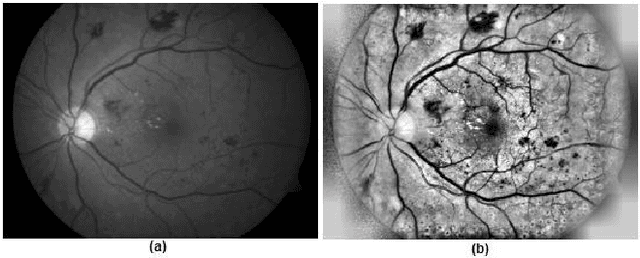
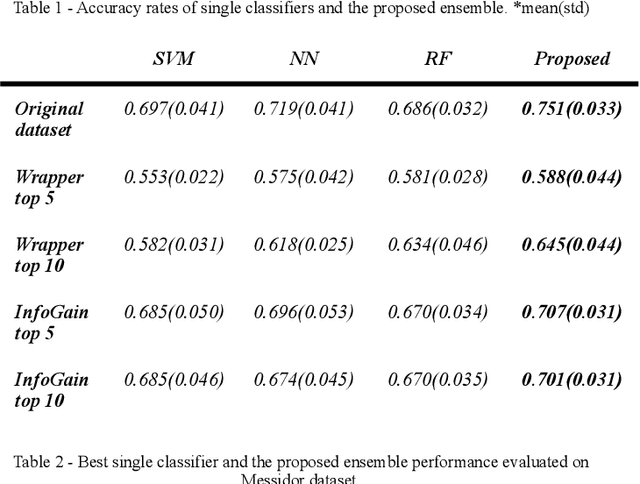
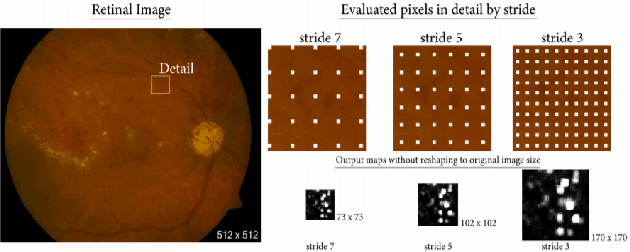
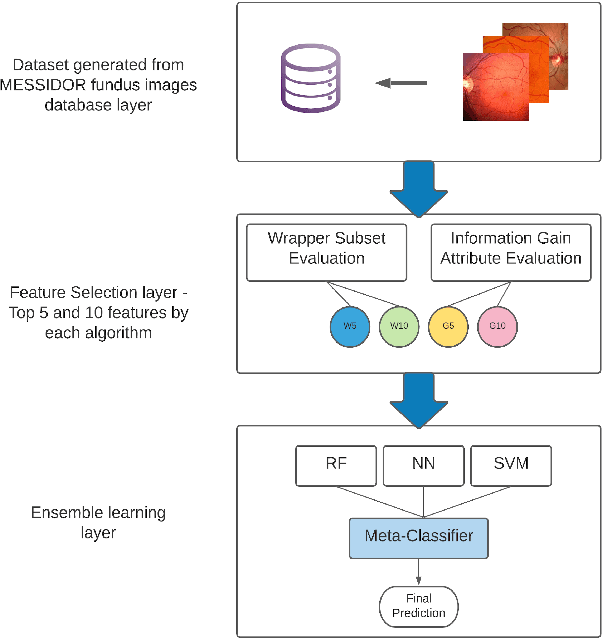
Abstract:Diabetic Retinopathy (DR) is among the worlds leading vision loss causes in diabetic patients. DR is a microvascular disease that affects the eye retina, which causes vessel blockage and therefore cuts the main source of nutrition for the retina tissues. Treatment for this visual disorder is most effective when it is detected in its earliest stages, as severe DR can result in irreversible blindness. Nonetheless, DR identification requires the expertise of Ophthalmologists which is often expensive and time-consuming. Therefore, automatic detection systems were introduced aiming to facilitate the identification process, making it available globally in a time and cost-efficient manner. However, due to the limited reliable datasets and medical records for this particular eye disease, the obtained predictions accuracies were relatively unsatisfying for eye specialists to rely on them as diagnostic systems. Thus, we explored an ensemble-based learning strategy, merging a substantial selection of well-known classification algorithms in one sophisticated diagnostic model. The proposed framework achieved the highest accuracy rates among all other common classification algorithms in the area. 4 subdatasets were generated to contain the top 5 and top 10 features of the Messidor dataset, selected by InfoGainEval. and WrapperSubsetEval., accuracies of 70.7% and 75.1% were achieved on the InfoGainEval. top 5 and original dataset respectively. The results imply the impressive performance of the subdataset, which significantly conduces to a less complex classification process
 Add to Chrome
Add to Chrome Add to Firefox
Add to Firefox Add to Edge
Add to Edge